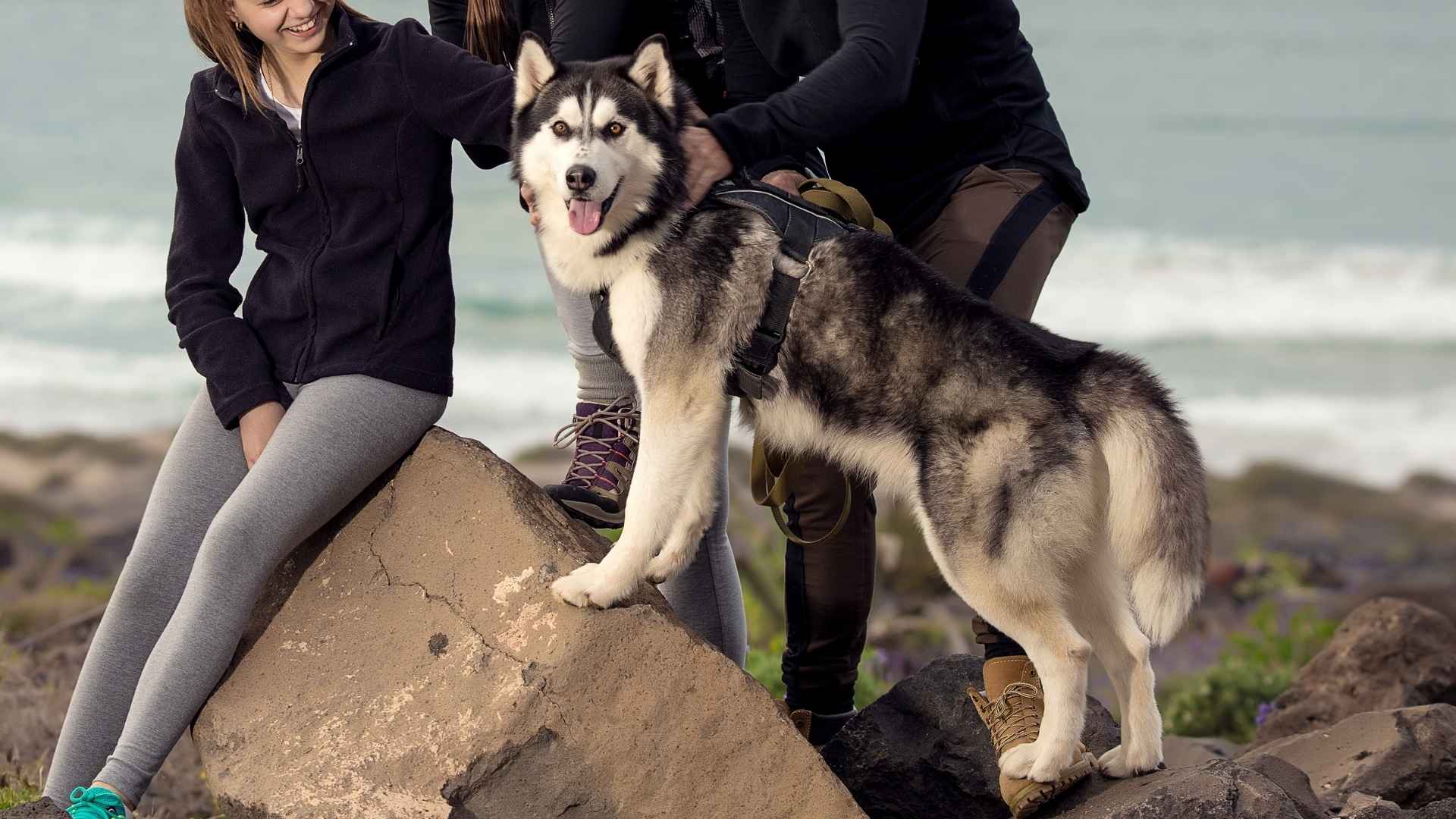Is your family always on the go—biking, hiking, or conquering every adventure in sight? Do your vacations involve more kayaking than napping, and are you juggling a million extracurriculars that leave your schedule bursting at the seams? If your life is a whirlwind of action, you might just need a four-legged companion who can keep up with the chaos. Enter the world of hyperactive, family-friendly dog breeds—your perfect sidekick for every adventure!
These dogs are more than just pets—they’re your partners in crime, always ready for the next big hike or game of fetch. With endless energy, a love for a challenge, and a playful spirit that never quits, these breeds thrive on action and excitement.
But beware—they need as much mental stimulation as they do exercise, or things might get…interesting around the house. So, buckle up as we introduce you to top hyperactive and family-friendly dog breeds that are ready to join your active lifestyle—and maybe even show you a thing or two about stamina!
Hyperactive Family Dog Breeds
1. Border Collie
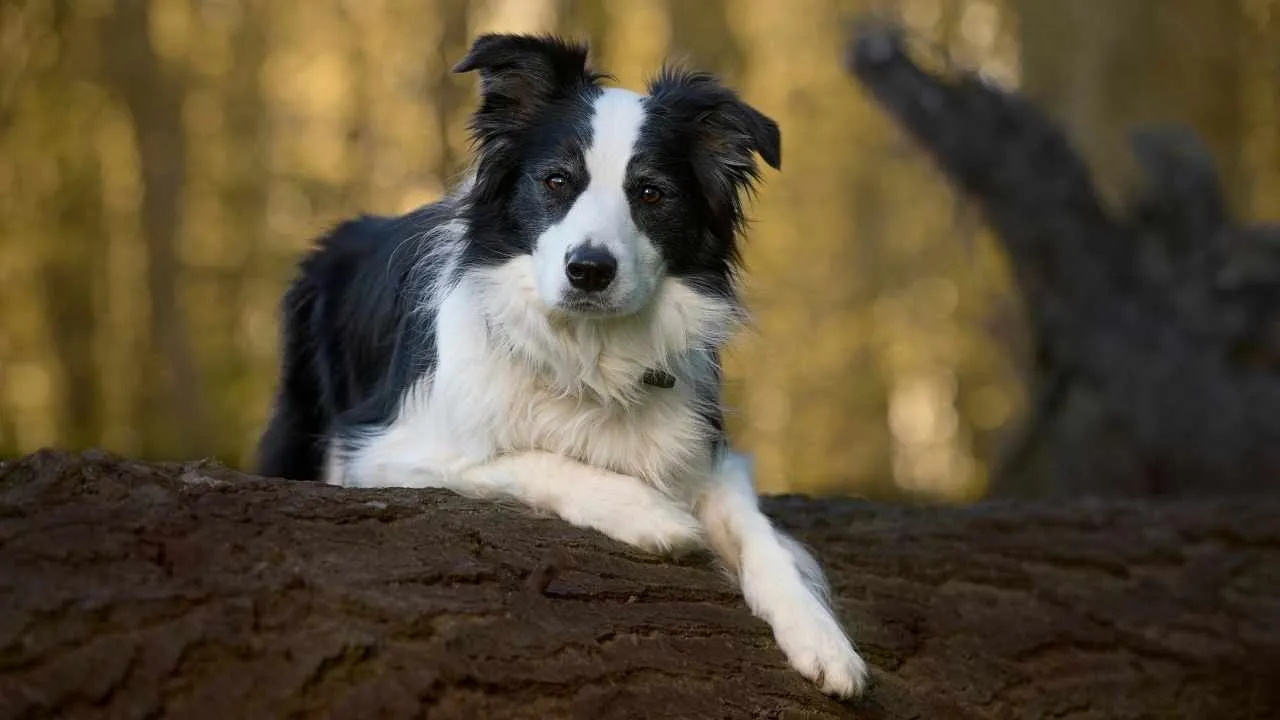
Hold on tight—Border Collies are anything but lazy! These active pups need plenty of exercise to burn off their endless energy. If you’re an outdoor enthusiast with space for them to run off-leash, they’ll thrive in your household. A large, secure garden is a must for their daily play sessions.
Originally bred for herding along the English-Scottish border, Border Collies are the brains of the dog world. Their sharp intelligence makes them top contenders in agility and dog sports. With their sleek, often black-and-white coat, they’re a striking presence wherever they go.
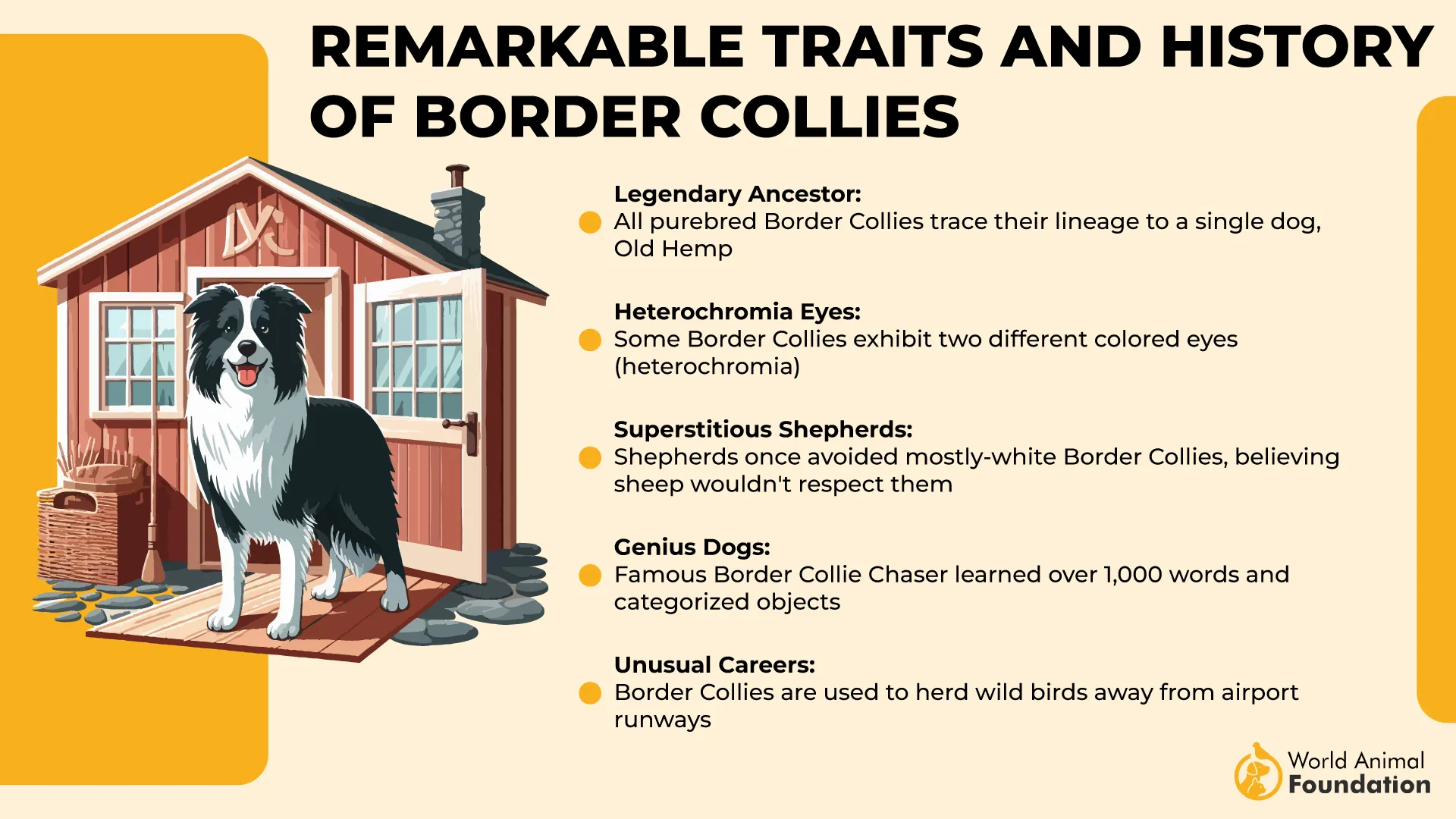
As noted by Petplan, Border Collies are among the most energetic dog breeds that require at least two hours of exercise daily. From fetch to Frisbee, they love challenges that keep them moving. Without enough stimulation, they can get anxious or destructive, so be prepared to keep their minds and bodies busy.
While playful and affectionate with family, Border Collies tend to bond closely with one person. They can be a bit aloof around strangers and other pets, and they’ll bark when excited. Though great watchdogs, they’re not built for guarding duties—they’re herders at heart.
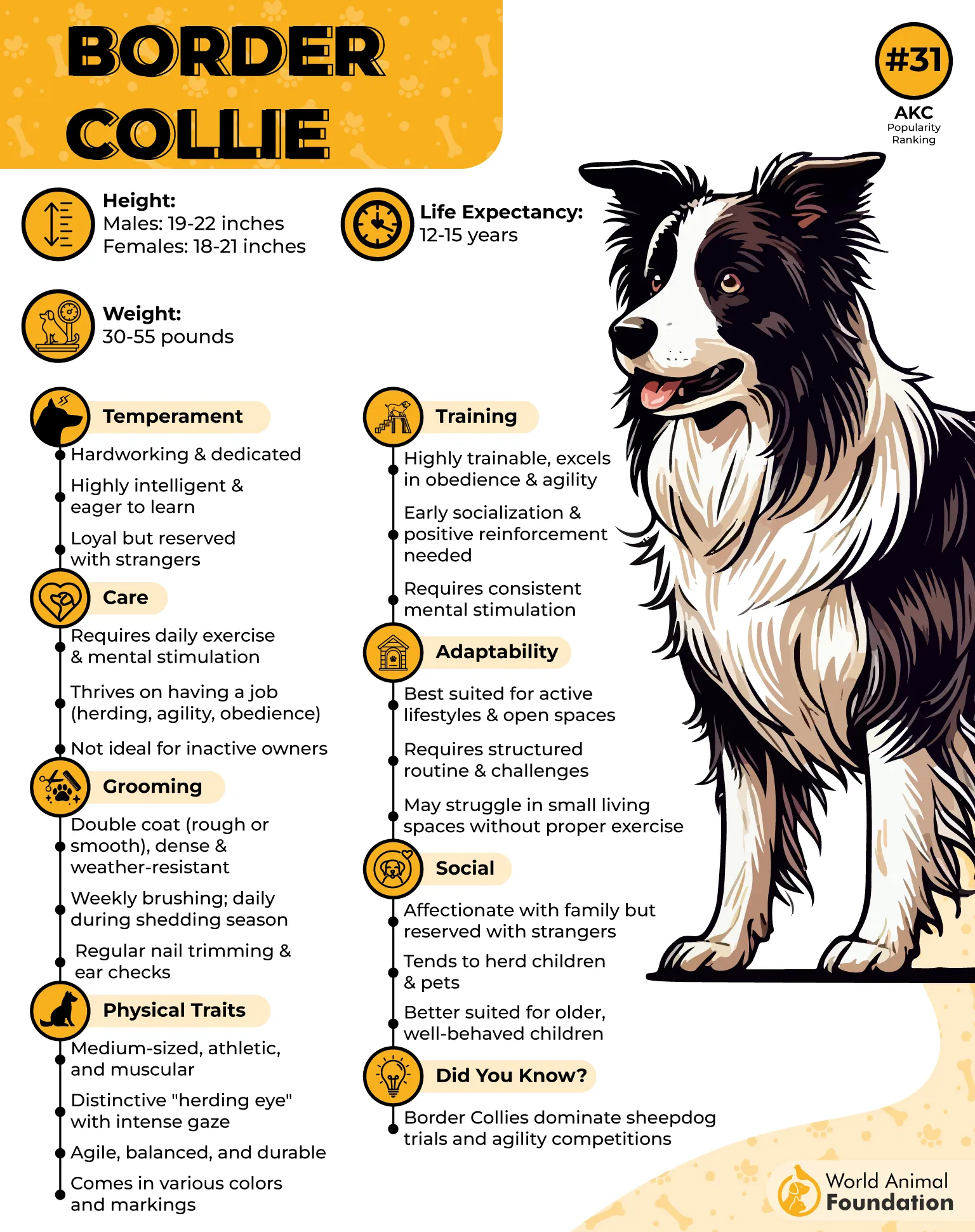
Border Collies enjoy a variety of activities—swimming, jumping, tug-of-war, and even some friendly competition. Their herding instincts also make them highly skilled at dog sports. The key is variety—give them plenty of tasks to tackle, and they’ll stay happy and engaged.
Fun Fact:
And then there’s that signature look—the “herding eye.” Border Collies’ intense gaze reflects their sharp intellect. It’s a look that says, “I’m smart, I know what I’m doing,” and trust us, they do! If you’re up for the challenge, a Border Collie might just be the perfect fit for your active family.
2. Australian Shepherd
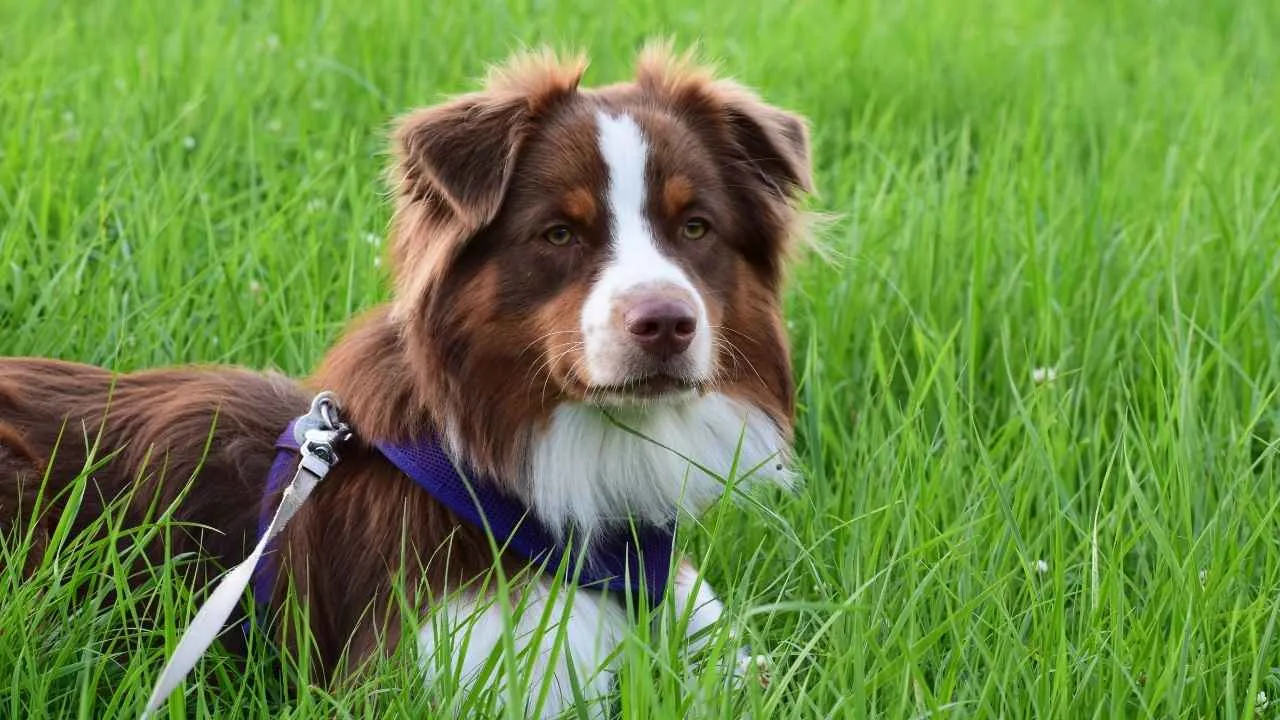
Commonly known as Aussies, Australian Shepherds are medium-sized, high-energy dogs bred to herd livestock. These working dogs are social, intelligent, and eager to be part of a family. If you’re looking for a furry friend who’s ready to work hard and play hard, an Aussie might just be your perfect match!
With their sharp minds, Australian Shepherds are incredibly trainable and love bonding with their human family. They’re quick learners, especially when positive reinforcement is involved. Whether it’s mastering tricks or learning new commands, Aussies love the mental challenge. Toilet training? Piece of cake for this extremely intelligent breed!
Aussies are all about action—they thrive on playtime and outdoor adventures. Whether running alongside you on a hike or playing fetch with the kids, they’re always up for some fun. Their easy-going nature makes them great companions, but they do require plenty of exercise to keep them happy and healthy.
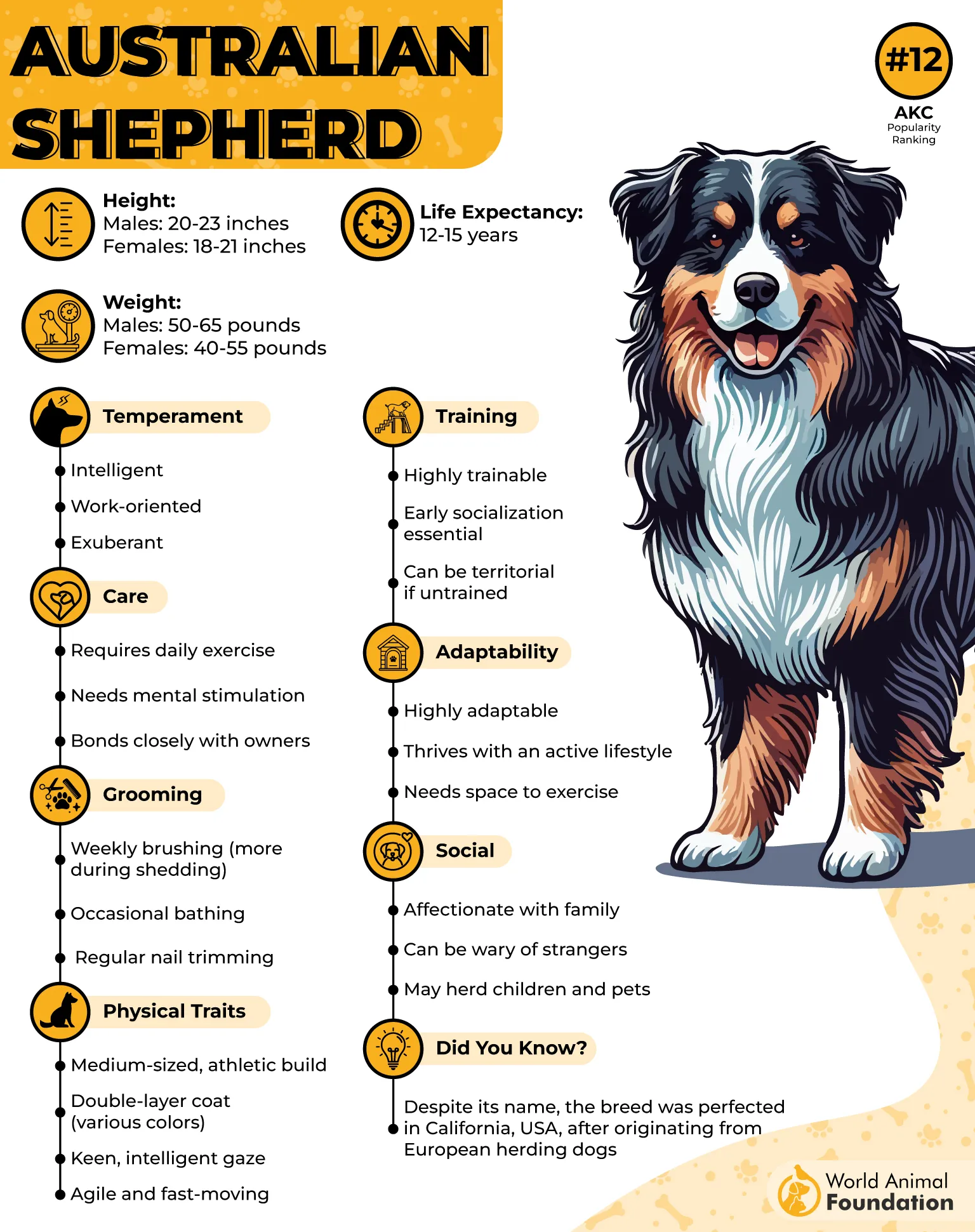
Australian Shepherds are naturally protective of their family and territory. While not aggressive, they have a strong desire to watch over their loved ones, making them excellent watchdogs. Just be prepared for some herding behavior, especially if there are young children or other pets around!
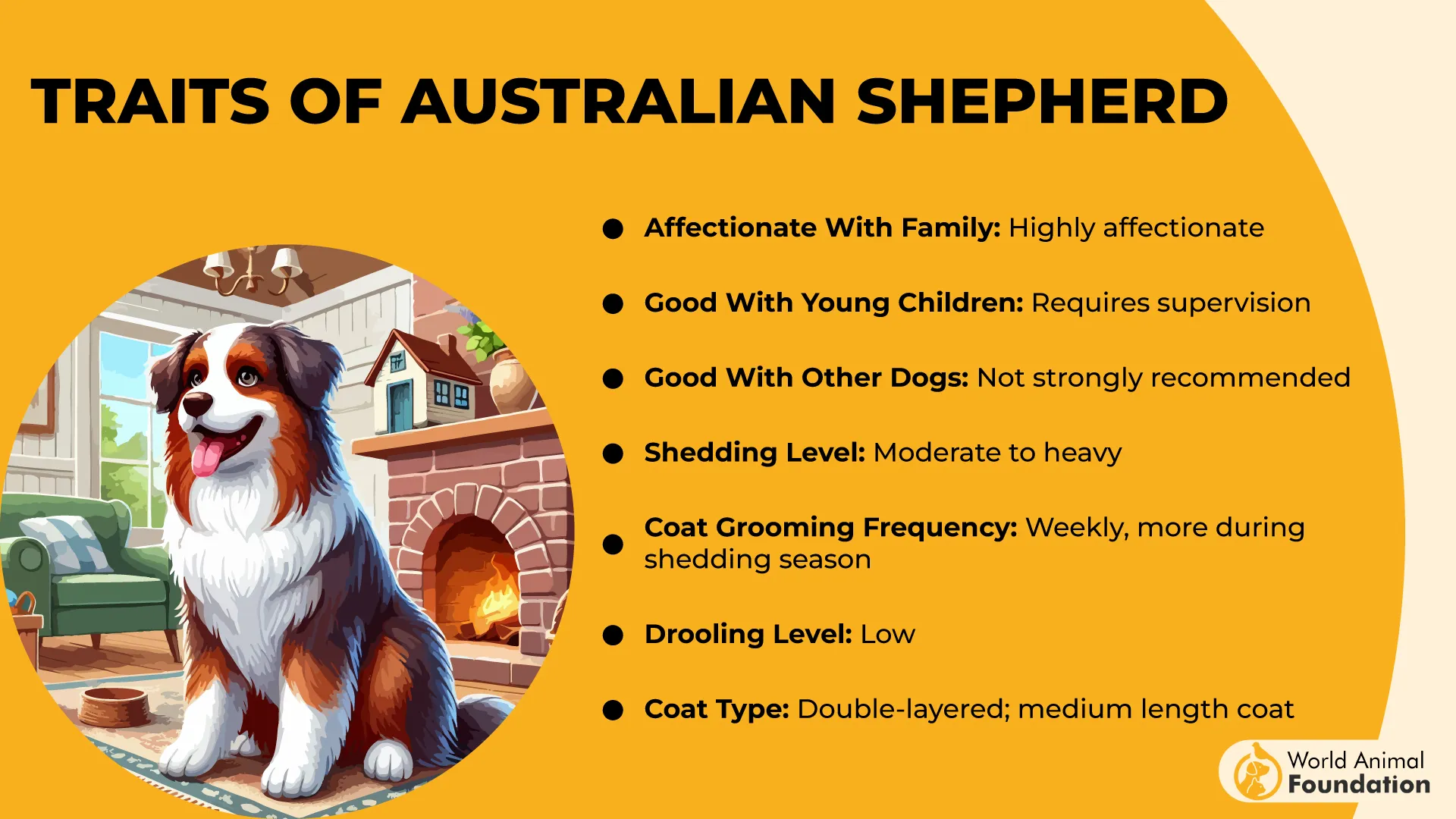
Thanks to their intelligence and boundless physical energy, Aussies need at least one to two hours of vigorous exercise every day. Running, playing fetch, or participating in dog sports like agility or flyball will help keep them engaged. Without enough physical and mental stimulation, they can get bored and a bit mischievous.
Fun Fact:
And don’t forget—Aussies come with a built-in herding instinct! So, unless you want your joggers, squirrels, or unsuspecting neighbors herded into a neat little group, keep them leashed on walks and your yard fenced like Fort Knox.
3. Australian Cattle
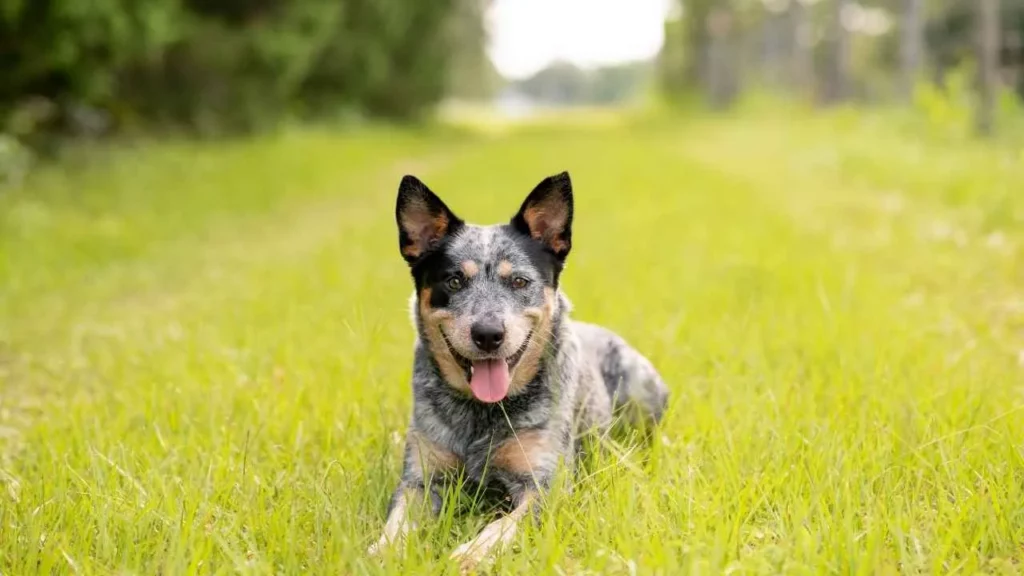
Meet the Australian Cattle Dog, aka the Blue Heeler—this breed was born for the rugged life of the Australian Outback, working tirelessly with cattle. They’re called “heelers” for a reason—they’re notorious for nipping at cattle’s heels to get them moving. With a dingo in their ancestry, these dogs are tough, fast, and built for action!
This medium-sized dog is muscular and sturdy, perfect for long hours of work or play. Their short, dense double coat can be blue, red-speckled, or a mix of both, and these pups are born white before developing their colors as they grow. Whether it’s hot or cold outside, they can handle it, but they’re just as happy hanging out with you indoors as they are outdoors with a good shelter.
Australian Cattle Dogs are not your average lap dog—they need a lot of exercise to keep them happy. Running, jogging, playing fetch, or agility training are essential for this high-energy breed. Apartment living is a no-go for these guys; they need room to stretch their legs and work off that endless energy.
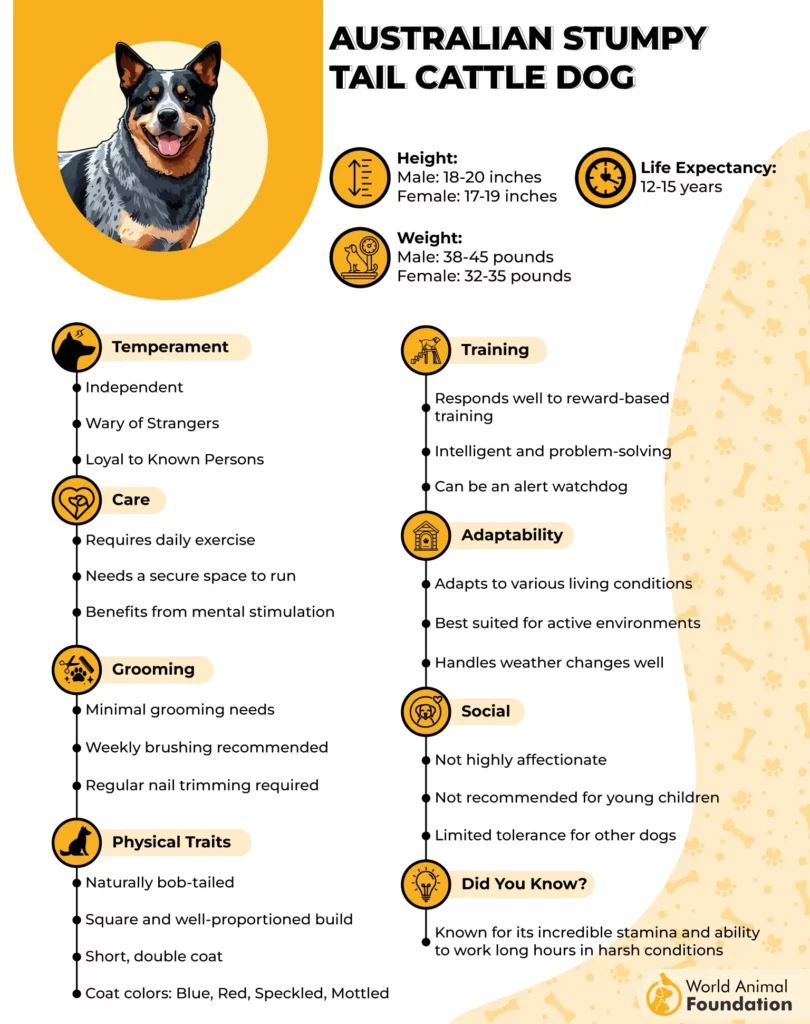
Known for their fierce loyalty, Australian Cattle Dogs bond strongly with their owners, often forming a special connection with one person. They’re great with older kids, but younger ones might find their nippy nature a little too much—early training is key! If you’ve got active kids, though, this dog will keep up and may even be your child’s best buddy.
These dogs are smart, independent, and quick to learn, but they can be headstrong and need a firm hand. While their loyalty and energy make them great companions for an active family, they may not be the best fit for young children or seniors unless properly trained. They’re excellent watchdogs and will protect their family with gusto.
And here’s a fun tidbit:
Did you know an Australian Cattle Dog named Bluey was recognized by the Guinness Book of World Records as the oldest dog ever, living an astonishing 29 years and 5 months? Talk about a long, loyal life!
4. Jack Russell Terrier
The Jack Russell Terrier (JRT) might be small in stature but it is a giant in personality! Developed in 19th-century England by Rev. John “The Sporting Parson” Russell to hunt foxes, this feisty little dog is known for its boundless energy and unwavering determination. Don’t let its small size fool you; this breed packs a punch with its agile, muscular build and adventurous spirit.
Full of curiosity, Jack Russells are playful and friendly, even with strangers. They thrive on human interaction, making them excellent family companions. But let’s be clear—JRTs are not your average lap dog. They need plenty of exercise to keep their high-energy minds and bodies in check.
If you’ve got a JRT, get ready for some serious activity. These dogs need about 90 minutes of vigorous exercise a day, so they’re perfect for runners, hikers, and active people. They’re also pretty clever, excelling in dog sports like agility, obedience, and even flyball. Just be prepared for a workout partner who’s faster than a speeding bullet and loves to show off!
While Jack Russells are loyal and affectionate, they’ve got a strong prey drive that can be a challenge if you’ve got small pets around. They love to dig, chase, and explore, and without proper training and socialization, they can turn into little mischief-makers. Early training is key, especially with kids—make sure your JRT knows the boundaries, and your family will be in for years of fun and companionship.
One thing to keep in mind:
This terrier is a champion jumper. A Jack Russell can leap up to 5 feet high, so make sure your yard has a sturdy, tall fence to keep your furry escape artist contained. And don’t even think about leaving them alone with small pets, because this breed’s hunting instinct is as sharp as ever.
These clever, playful dogs will bring joy, excitement, and a few mischievous moments to your home. Just make sure they get the mental and physical exercise they crave, and you’ll have a loyal, fun-loving companion for life.
5. Weimaraner
Say hello to the Weimaraner—a graceful, steel-gray stunner with long, floppy ears and eyes so soulful they’ll melt your heart (and maybe your sandwich, if you leave it unattended). Originally bred in Germany for hunting big game like deer and bears, this sleek beauty earned the nickname “gray ghost” thanks to its ghostly good looks and stealthy movement. But don’t worry—there’s nothing spooky about this affectionate, people-loving pup.
As noted by PetMD, Weimaraners are classic Velcro dogs—where you go, they go (yes, even to the bathroom). They crave constant human company and aren’t suited for kennel life. Loyal, affectionate, and full of energy, they make wonderful family companions—as long as you can keep up with their go-go-go lifestyle.
These highly energetic dogs are brainiacs in a tracksuit. Seriously. Weimaraners have a reputation for being smart and sly. They’ve been known to open doors, unlatch gates, and turn on faucets just for fun.
Mental stimulation is a must—or they’ll create their own entertainment (and it usually involves your shoes). Training, puzzle toys, and activities that challenge their clever minds are essential to keeping them out of trouble.
Got energy? You’ll need it. Weimaraners are not your “walk around the block” kind of dog. They crave real exercise, like a full-blown sprint in the yard or a long-distance trail run. A tired Weim is a happy Weim, and if you don’t give them an outlet, they may start their own demolition project in your living room. Bonus: they’re naturals at agility, dock diving, and flyball, so active families take note!
While they’re gentle and loving, Weims can be a bit… overenthusiastic. Their bouncy energy and big bodies mean they should be watched around small children—they don’t mean to knock over your toddler, but hey, zoomies happen. They also need a secure, fenced yard to keep their high prey drive in check. A squirrel on the other side of the fence is just too tempting for this ghostly go-getter.
6. Belgian Malinois
Meet the Belgian Malinois—a four-legged powerhouse wrapped in a sleek, no-nonsense coat and fueled by brains, bravery, and boundless energy. Originating from Mechelen, Belgium, these athletic dynamos were bred to herd and work like champs—and spoiler alert: they still do.
Think of them as the Olympic athletes of the dog world, with the loyalty of a best friend and the determination of a caffeine-fueled overachiever.
With their chiseled physique, signature black mask, and eyes that say “I’m watching everything,” Mals are the go-to dogs for police, military, and anyone in need of a furry bodyguard. But don’t mistake their serious skills for coldness—they’re playful, devoted, and absolutely thrive when they’re with their humans. Just be ready to match their pace: these dogs aren’t about that slow stroll lifestyle.
Daily exercise isn’t a suggestion with a Mal—it’s a requirement. We’re talking hours of action-packed fun like agility, dock diving, or herding anything that moves (including your Roomba). Without enough mental and physical stimulation, they might just remodel your living room out of boredom. And when it comes to fences? Let’s just say “tall” and “sturdy” are your new favorite words.
As noted by Britannica, Belgian Malinois can make fiercely loyal family members, but they’re not for the faint of heart—or the short on time. These dogs need structure, stimulation, and space. They aren’t ideal for apartment dwellers or people who are away for long hours. Think of them more as adventure buddies than couch potatoes—they’ll gladly hike, bike, or jog right beside you while keeping one ear perked for anything suspicious.
Are they good with kids? Absolutely—when properly trained, they’re protective, gentle, and up for all kinds of family fun. Just be ready for the puppy phase, which often includes a little playful nipping (easily corrected with training).
7. Siberian Husky
Meet the Siberian Husky—a dog that looks like it stepped straight out of a snow globe and into your heart, dragging a sled behind it. These frosty-furred charmers were originally bred by the Chukchi people of Northeast Asia for long-distance sled work, and boy, does that heritage show. With their boundless energy, sparkling eyes, and the occasional case of selective hearing, Huskies are equal parts athletes, escape artists, and goofballs.
This breed didn’t just strut into the U.S.—they raced in through Alaska, full of energy and ready to conquer the trails (and your backyard). Huskies are members of the Spitz family and wear their Arctic ancestry like a badge of honor. They thrive in cold weather and will gleefully dig up your yard like it’s the Iditarod finish line. But if you’re thinking of adopting one, be warned: a bored Husky is a home renovation project waiting to happen.
Exercise is non-negotiable when it comes to this breed. Your Husky needs a solid one to two hours of high-energy activity every day to stay happy and well-behaved. They’re not into fetch or swimming, but give them something to pull—sled, bike, or even just your arm on a leash—and they’re in heaven. Just make sure you’ve got a secure, escape-proof yard. Huskies are known to vanish faster than you can say “Where’s the dog?”
Despite their wolfish looks, Siberian Huskies are social butterflies. They love people, get along well with other dogs, and welcome guests with open paws and howls, not barks. That friendly nature makes them terrible guard dogs but fabulous companions for humans of all ages. Just don’t expect them to heel politely for Grandma on a walk—they’re too strong-willed and way too excited about everything to slow down.
Training a Husky can be like negotiating with a clever toddler: they understand, but they don’t always agree. These dogs are independent thinkers with a mischievous streak, so early training and socialization are a must. And while they may not bark much, prepare yourself for an entire vocabulary of “woos,” howls, and dramatic doggy monologues that sound like they’re straight out of a soap opera.
So if your idea of fun includes long hikes, snowy adventures, and a dog that redecorates your yard with enthusiasm, the Siberian Husky might just be your spirit animal. These dogs love to spend their days digging, racing, tree-tackling, and charming every human who crosses their path. Cold noses, warm hearts, and a side of chaos—that’s the Husky way.
Conclusion
If your household is full of energy, a hyperactive family dog might be the perfect match. Breeds like Labrador Retrievers, Golden Retrievers, and Cocker Spaniels are not only highly intelligent but also love spending time with their humans, especially on long walks or playful adventures.
From the tireless Portuguese Water Dog to the ever-loyal German Shepherd, these energetic pups are a great choice for active families. Even small dogs with a hunting dog background can be the best dogs for high-energy homes; don’t forget the regular brushing and grooming, especially if you prefer low shedding.
Whether it’s one pup or two dogs, the key is matching their natural instinct to move with your lifestyle. With the right care and quality time, these breeds make great pets and help everyone stay healthy and happy.


